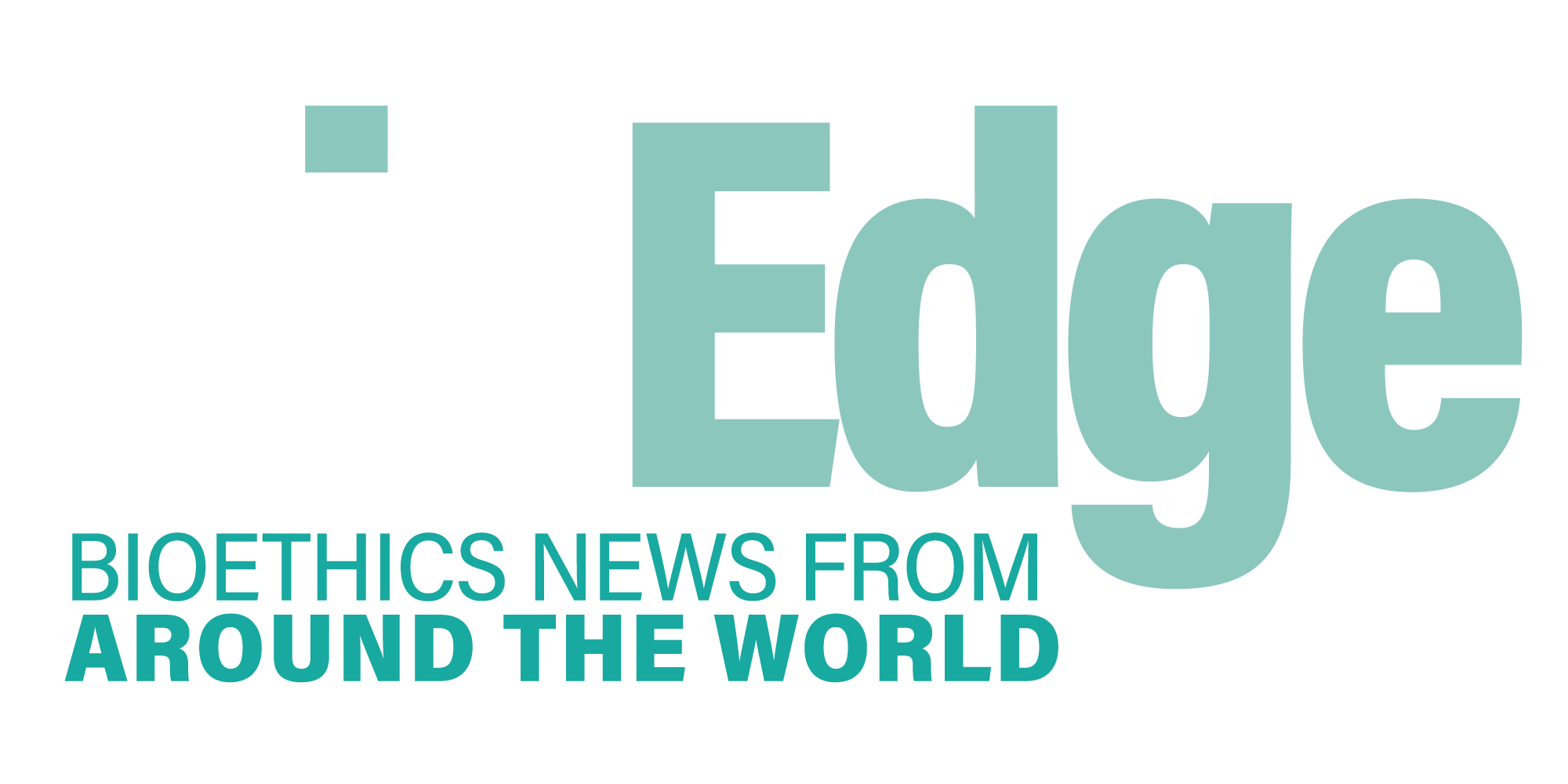
Will poor American neighbourhoods be better served if doctors can attend tuition-free medical schools?
In February Albert Einstein College of Medicine, in the Bronx, in New York City, received a US$1 billion donation –the largest gift ever made to any American medical school. The benefactor, Ruth Gottesman, said that the funds would ensure free tuition in perpetuity to all future students.
Several other US medical schools are offering tuition-free education. The ultimate goal is to ensure that men and women from underrepresented groups are able to become doctors, to save students from being burdened with a huge debt for their education, and “to choose their specialty based on passion and aptitude rather than financial obligation.”Mrs Gottesman said that she hoped that students would stay in the Bronx.
Is this noble aspiration working?
Writing in STAT, bioethicist Ezekiel J. Emanuel and Matthew Guido contend that it is not. “Unfortunately, on training primary care physicians or sending graduates to underserved areas, tuition-free medical school gets an F.”
They cited figures from NYU Grossman School of Medicine, which also has a tuition-free MD program. The proportion of graduates entering primary care specialties is far below the national average. The students’ career choices are “ not meaningfully different from any other top-tier medical school without a tuition-free policy: The vast majority of students steer toward the usual-suspect specialties and health systems.”
Why? Emanuel and Guido finger two factors: pay and prestige. Primary care pays much less than specialties like cardiology and has less prestige.
This is a serious problem, they say:
“An estimated 83 million people in the US live in areas without sufficient access to primary care. Studies show that a strong foundation of primary care yields better outcomes and equity, serving as the bedrock for addressing social drivers of health and managing complex patient care. Yet a record number of pediatrics residencies went vacant this year, and a record number of family medicine residencies went vacant last year.”
The solution, they say, is “to alter the choice environment in medical education and better link graduating physicians with growing patient care gaps”. They propose ideas like forgiving student loans for young doctors who “enter primary care, pediatrics, or psychiatry, or who work in underserved urban or rural communities”.
